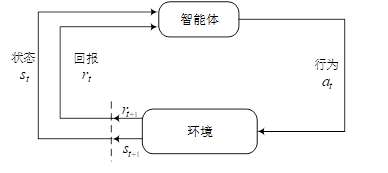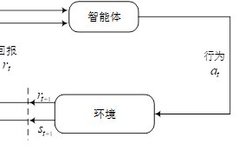

1. Artificial Intelligence

In 1956, computer scientist John McCarthy proposed the concept of “Artificial Intelligence”, which refers to machines that possess human-like intelligence characteristics when performing tasks, including the ability to organize and understand language, recognize objects and sounds, as well as learn and solve problems.
Since the concept of artificial intelligence was proposed, the field of research has been continuously expanding, including expert systems, machine learning, evolutionary computation, fuzzy logic, computer vision, natural language processing, recommendation systems, and more.
Artificial intelligence is typically divided into weak AI and strong AI: Weak AI allows machines to have observational and perceptual capabilities, enabling them to understand and reason to a certain extent; while strong AI enables machines to gain adaptive abilities to solve problems they have not encountered before.
Current research work is focused on the weak AI aspect, and the main approach to achieving weak AI is through machine learning.

2. Machine Learning

The most basic approach in machine learning is to use algorithms to analyze data, learn from it, and then make decisions and predictions about events in the real world. Unlike traditional hard-coded software programs designed to solve specific tasks, machine learning “trains” on large amounts of data, learning how to accomplish tasks through various algorithms.
Machine learning directly originates from the early field of artificial intelligence, with traditional algorithms including decision trees, clustering, Bayesian classification, support vector machines, EM, Adaboost, etc. From the perspective of learning methods, machine learning algorithms can be divided into supervised learning (such as classification problems), unsupervised learning (such as clustering problems), semi-supervised learning, ensemble learning, deep learning, and reinforcement learning.
Traditional machine learning algorithms have essentially reached commercial requirements or specific scene commercialization levels in areas like fingerprint recognition and object detection based on HoG features, but every step forward has been exceptionally challenging until the emergence of deep learning algorithms.

3. Deep Learning

Initially, deep learning was a learning process that utilized deep neural networks (DNN) to solve feature representation. Deep neural networks are not an entirely new concept but can be roughly understood as a neural network structure containing multiple hidden layers.
Currently, DNN has evolved into many different network topologies, including convolutional neural networks (CNN), recurrent neural networks (RNN), long short-term memory networks (LSTM), generative adversarial networks (GAN), etc.
Deep learning is a technique of machine learning and is one of the most commonly used methods in machine learning today. Currently, deep learning has achieved results in computer vision, speech recognition, and natural language processing (NLP) that traditional machine learning algorithms could not.

4. Reinforcement Learning

Reinforcement learning, also known as re-inforcement learning or evaluation learning, is also one of the techniques of machine learning. Reinforcement learning is the process where an agent autonomously explores the state of the environment, takes actions affecting the environment, and receives rewards from the environment.
The reinforcement learning framework is shown in Figure 1. The agent, in the current state s, takes action a, and according to the state transition function T, the environment transitions to the next state s’, while the environment provides the agent with a feedback reward signal, i.e., return r. The agent continues this process in the next state until it reaches a terminal state. The goal of the agent is to maximize long-term returns through continuous training.

Figure 1 Reinforcement Learning Framework
In summary, reinforcement learning and deep learning are part of machine learning, and machine learning is one of the technologies to achieve artificial intelligence. The relationships among them are shown in the figure below.

 Follow us
Follow us

